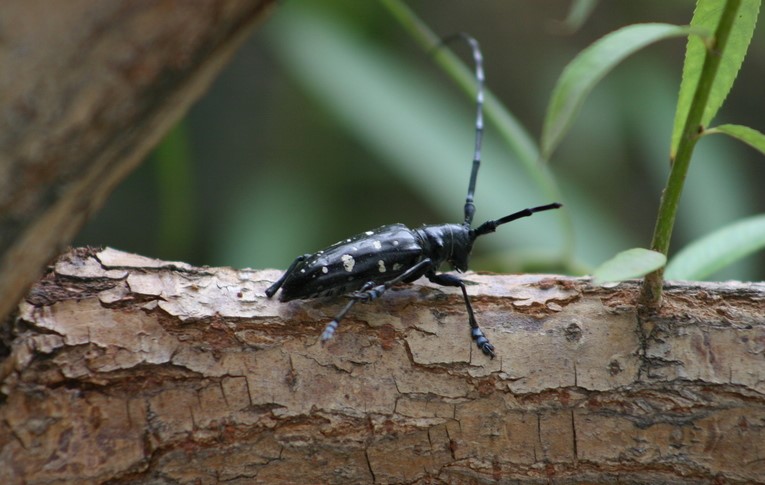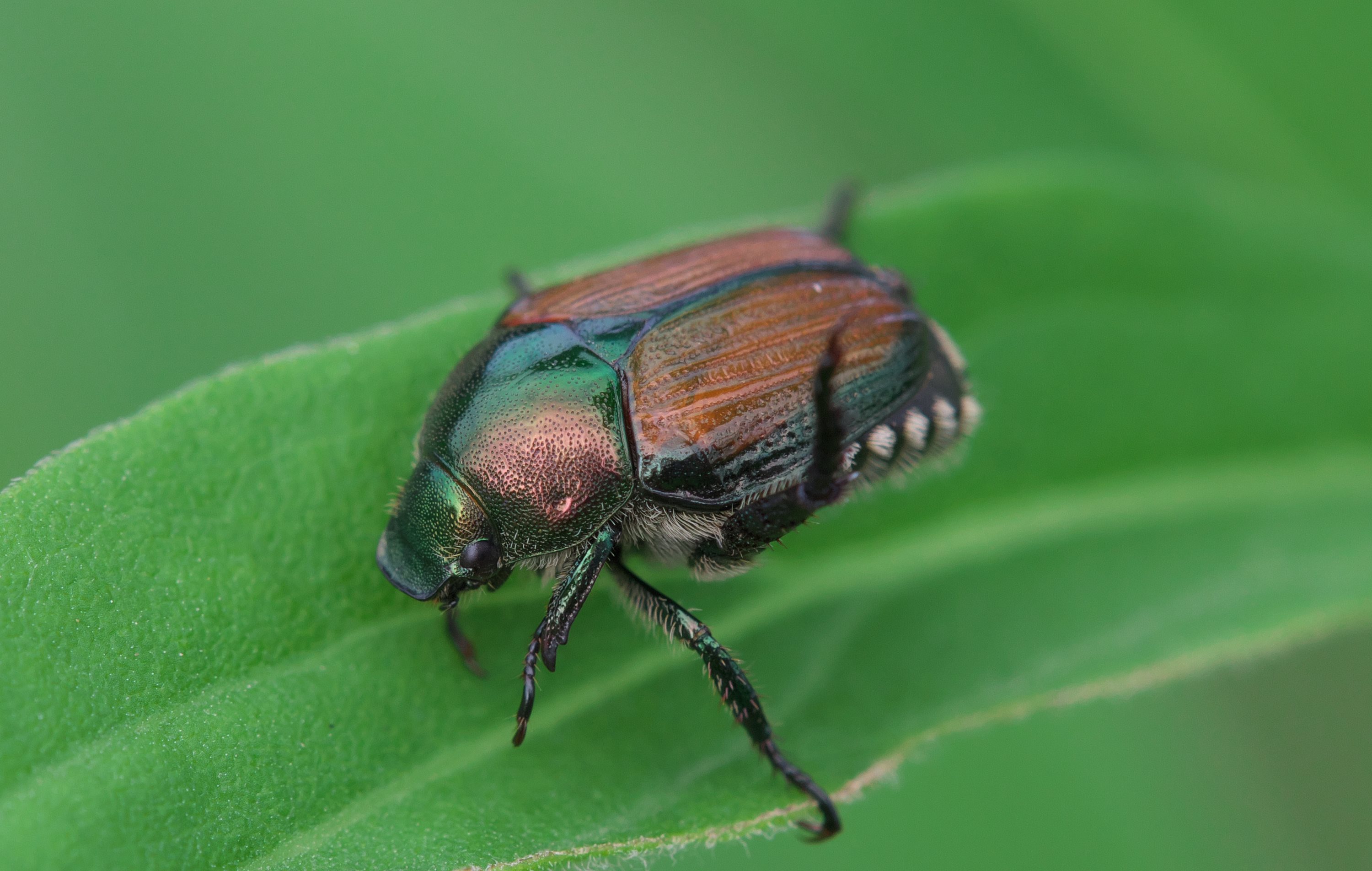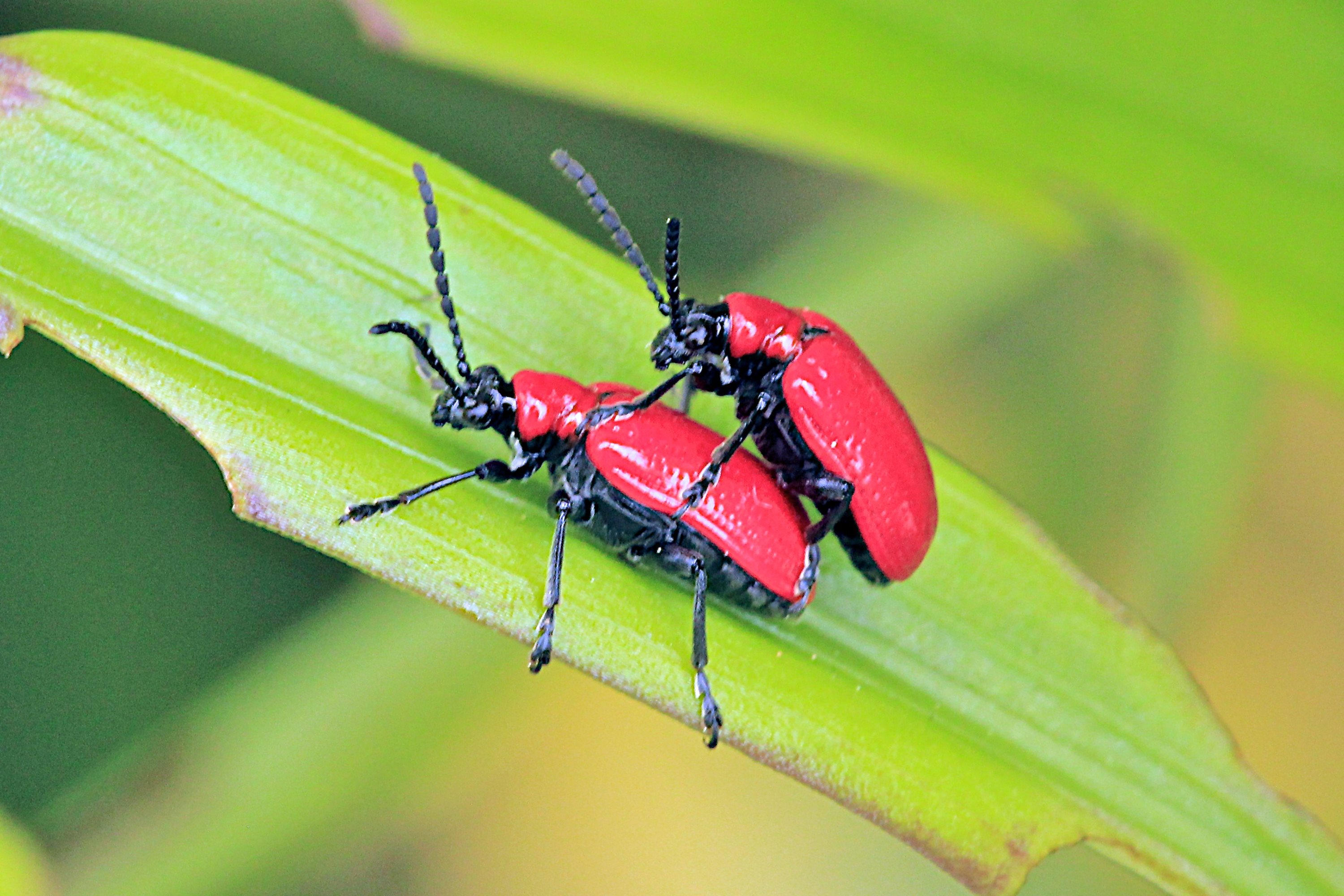State begins annual survey for invasive pests
Learn how WSDA's Pest Program will look for over 130 pests in the annual search for invasive species by reading the latest press release.
View the annual Pest Watch Webinar Series
Watch the recording of the Pest Watch Webinar Series: Strategies for Speciality Crop Production 2025 online.
Asian Long-Horned Beetle
 Asian long-horned beetles (Anoplophora glabripennis) are native to Asia and have been found in the eastern United States. Their larvae feed on the wood of trees, weakening them. As the beetle matures to adulthood, they emerge through holes that weaken the tree further. The Asian long-horned beetle is particularly destructive to hardwood trees and has destroyed millions of acres across the U.S. This pest has not yet reached Washington. To learn more about Asian long-horned beetle, click here.
Asian long-horned beetles (Anoplophora glabripennis) are native to Asia and have been found in the eastern United States. Their larvae feed on the wood of trees, weakening them. As the beetle matures to adulthood, they emerge through holes that weaken the tree further. The Asian long-horned beetle is particularly destructive to hardwood trees and has destroyed millions of acres across the U.S. This pest has not yet reached Washington. To learn more about Asian long-horned beetle, click here.Photo: Gillian Allard, FAO of United Nations, Bugwood.org
Register your hive, get beekeeping information, or learn about apiary laws as well as our pollinator health and the WSDA Washington Bee Atlas program.
Get quarantine information, find out about regulated commodities, or learn more about apple maggot.
Photo: Joseph Berger, Bugwood.org
Photo: Joseph Berger, Bugwood.org
Japanese beetles (Popillia japonica) are highly invasive pests of more than 300 plants, including roses, grapes, and hops. Learn how to report sightings and prevent the spread.
While not yet detected in Washington, this pest has the potentially to significantly impact the agriculture industry when it arrives here.
Invasive snails can pose a risk to Washington state's agricultural industry. Learn how WSDA is tracking and eradicating them.
While WSDA is actively searching for and trapping potential invasive insect pests, you can help by keeping your eyes open for any unusual insects or signs of insect damage that you do not recognize.
The more eyes searching for invasive species, the more likely we are to detect an invasive species before it becomes established in Washington or contain the spread of the pest.
WSDA created a booklet for you to use to help learn and identify some priority pests, use the button below or click here to view the Protecting Washington from Invasive Pests booklet.
The more eyes searching for invasive species, the more likely we are to detect an invasive species before it becomes established in Washington or contain the spread of the pest.
WSDA created a booklet for you to use to help learn and identify some priority pests, use the button below or click here to view the Protecting Washington from Invasive Pests booklet.









